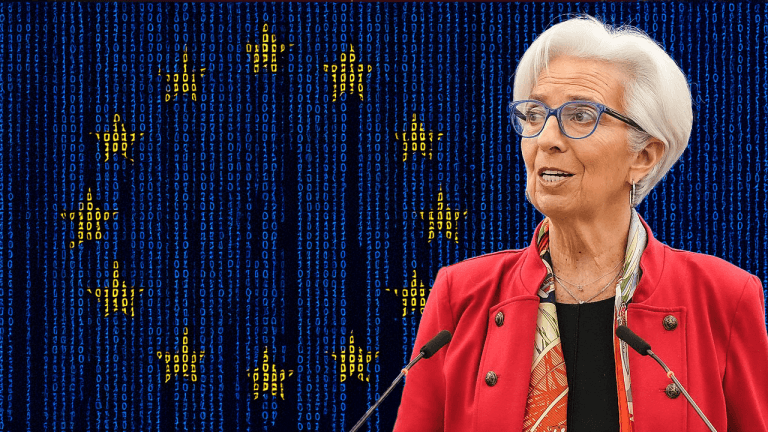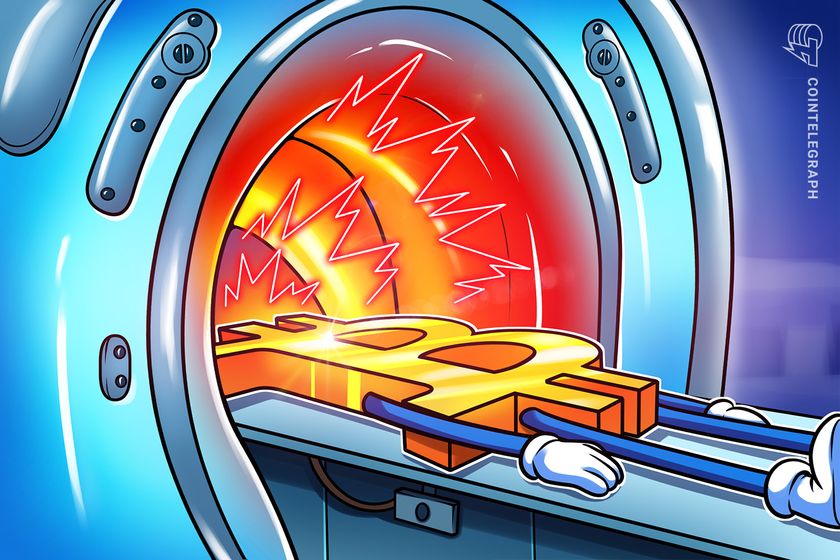
Terra’s amended revival plan would decrease the allocation for post-attack UST holders

Terra posted three new revisions to its revival plan. This included increasing genesis liquidity, introducing a new liquidity profile, and decreasing allocation for some holders.
After a grueling two weeks for the Terra community, the team behind the project announced revisions to their proposed revival plan for Terra (LUNA) and TerraUSD (UST).
In a Tweet, Terra shared three major revisions to the proposed Terra revival and redistribution plan. These include increasing the genesis liquidity, introducing a new liquidity profile for pre-attack LUNA holders and decreasing the distribution to post-attack UST holders.
1/ We have published an amendment to Proposal 1623, incorporating the community’s feedback since its publication 2 days ago. Please see below for details https://t.co/liISBn3Baa
— Terra Powered by LUNA (@terra_money) May 20, 2022
The announcement noted that pre-attack Anchor UST (aUST) holders, post-attack LUNA holders and post-attack UST holders’ initial liquidity parameters are modified. The change will be from 15% to 30%, and according to Terra, this may “mitigate future inflationary pressures” and increase the token’s supply during the launch.
Apart from this, wallets that hold less than 10,000 LUNA will get the same liquidity as the aforementioned groups. Moreover, 70% of their LUNA will be vested in over 2 years, with a cliff of 6 months. Terra said it believes that this new liquidity profile will ensure that small token holders will have similar initial liquidity.
Lastly, the allocation for post-attack UST holders decreased from 20% to 15%. According to Terra, this “de-peg related allocation is on par with the original stakeholder (pre-attack $LUNA) allocation.” The 5% will be moved to the community pool.
Related: Terra fallout: Stablegains lawsuit, Hashed loses billions, Finder wrong and more
The aftermath of the UST collapse gave the community reasons to doubt the future of algorithmic stablecoins. According to university assistant professor Ryan Clements, purely algorithmic stablecoins are “inherently fragile” and rely on many assumptions, that are neither certain nor guaranteed, to be stable.
Meanwhile, as some use the UST collapse to take a dig at the entire industry, some have tried to defend crypto. In an interview with Cointelegraph, Huobi Global co-founder Jun Du said that “one bad apple in the short run will not affect long-term demand for crypto.”
Go to Source
Author: Ezra Reguerra









